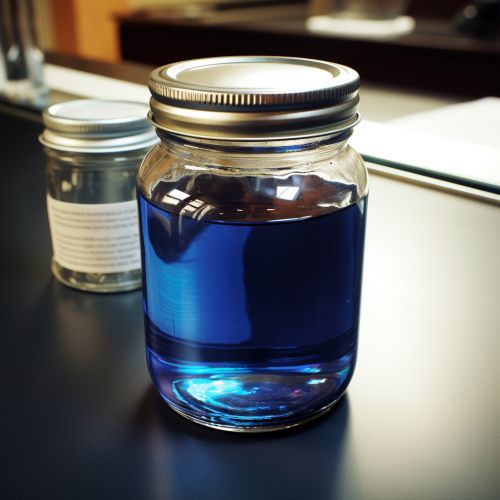Iodine-131
Introduction
Iodine-131 (I-131) is a radioactive isotope of iodine that is widely used in medical treatments and industrial applications. It is one of the many isotopes that are produced in nuclear fission processes, and it has a half-life of about 8 days. I-131 emits beta particles and gamma radiation, which can be harmful to living organisms if not properly handled.
Physical and Chemical Properties
I-131 is a heavy isotope of iodine, with an atomic mass of 131. It is a solid at room temperature and has a melting point of 113.5 degrees Celsius. It is soluble in water and organic solvents, and it can form compounds with other elements. I-131 decays by beta emission to an excited state of Xenon-131, which then decays to the ground state by emitting gamma radiation.


Production
I-131 is produced in nuclear reactors by the neutron irradiation of tellurium or by the fission of uranium or plutonium. It is also produced in nuclear explosions and is one of the isotopes released in significant quantities in nuclear accidents. The production of I-131 is regulated by international agreements to prevent its use in nuclear weapons.
Uses
I-131 has many uses in medicine and industry. In medicine, it is used in the treatment of thyroid diseases, such as hyperthyroidism and thyroid cancer. It is also used in diagnostic tests to measure the function of the thyroid gland. In industry, I-131 is used as a tracer in the study of chemical reactions and in the detection of leaks in pipelines.
Health Effects
Exposure to I-131 can have serious health effects. The iodine in I-131 is readily absorbed by the thyroid gland, where it can cause damage to the thyroid cells. This can lead to thyroid diseases, including cancer. Long-term exposure to I-131 can also cause other types of cancer and genetic damage. Therefore, it is important to handle I-131 with care and to follow safety guidelines when working with this isotope.
Safety and Regulation
The use of I-131 is regulated by national and international laws and guidelines. These regulations are designed to protect workers and the public from the harmful effects of radiation. They include requirements for the handling, storage, and disposal of I-131, as well as for the monitoring of workers and the environment for radiation exposure.
